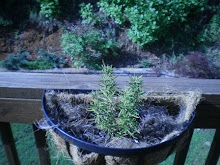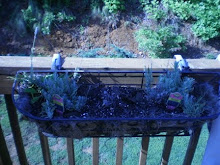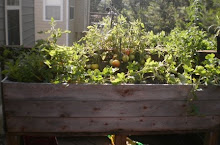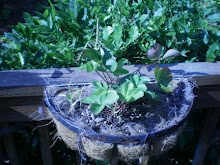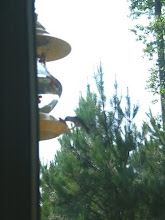Recently
I have come across several articles on another unique benefit of Coconut Oil.
One is of particular interest, but more about that later.
It seems despite the rumors that Coconut Oil is not good for our heart........it now turns out it is - go figure! Like most things we find out after a while of taking....new studies show they may not be beneficial after all, but then later through further and more extensive research....they recant their findings back to the original findings with even more benefits to our health.
Coconut Oil is like using Synthetic Oil in your car instead of just Castrol or Mobil because it makes your engine run smoother. And since coconut oil is actually a heart-healthy food it can keep your body running smoother in a few different ways.
Here are just a few of them:
- It helps our bodies mount resistance to both
viruses and bacteria that can cause illness.
- It can boost thyroid function helping to increase
metabolism, energy and endurance.
- When taken it also tends to have improvements in how
we handle blood sugar since coconut can help to improve insulin use within
the body.
- It increases digestion and helps to absorb fat-soluble
vitamins.
- It also has a saturated fat called lauric acid, a type
of MCT. It has been shown that lauric acid increases the good HDL
cholesterol in the blood to help improve cholesterol ratio levels.
- And the List goes on and on and on............
Even
though, it has benefits there still seems to be somewhat of a
concern. Like all fats, coconut oil is a blend of fatty acids. Coconut oil
contains an unusual blend of short and medium chain fatty acids, primarily
lauric (44%) and myristic (16.8%) acids. It is this unusual composition that
may offer some health benefits.
Additionally, "because they come from
coconuts, they may contain beneficial plant chemicals that have yet to be
discovered," says Mozaffarian, researcher and co-director of the
cardiovascular epidemiology program at Harvard.
As for calories, all fats have the same number
of calories per gram. One tablespoon of coconut oils contains 117 calories, 14
grams fat, 12 g saturated fat, and no vitamins or minerals.
A pint of extra virgin coconut oils costs
from $12-$18
But here is the newest benefit to using
Coconut Oil and after reading this article, I think I might just give it a try
to see if I notice a difference......better yet, if my Dentist does!
It's called Oil Pulling.....I have read
several articles on people doing this, but Kris
Gunnar’s article was well written and explained a lot more about how it
works.
So, here is her link to read for
yourself:
OilPulling With Coconut Oil to Transform Your Dental Health
Here is just a portion of her article:
What is Oil Pulling and How it Works?
Oil pulling has been used for thousands
of years as an Indian folk remedy. It involves putting about a tablespoon of
oil in your mouth, then swishing it around your teeth for 10-20 minutes. There
are thousands of different types of bacteria in the mouth. Some of them are
friendly, others are not. Certain bacteria can cause harm, such as
Streptococcus Mutans, which is the main culprit behind plaque buildup, gingivitis
and cavities.
The bacteria in the mouth create a “biofilm”
on the teeth – a thin layer that they use to adhere to the surface. This is
what we know as “plaque.”
Having some plaque on your teeth is normal,
but if it gets out of hand it can cause all sorts of problems.
To read more on the benefits of Coconut Oil,
here are some links where I read and gathered information:
- http://www.doctoroz.com/videos/surprising-health-benefits-coconut-oil
- http://www.webmd.com/diet/features/coconut-oil-and-health
- http://www.huffingtonpost.ca/2013/05/01/coconut-oil-benefits_n_3194782.html
- http://wellnessmama.com/5734/101-uses-for-coconut-oil/
- http://www.coconutoilfacts.org/oil-pulling-coconut-oil.php

































